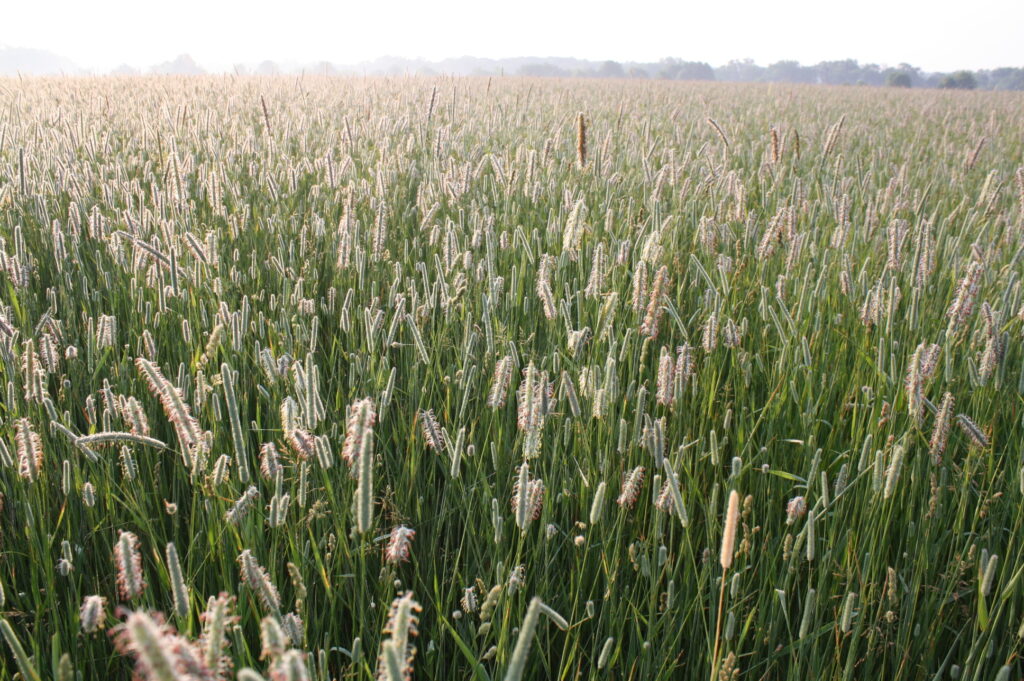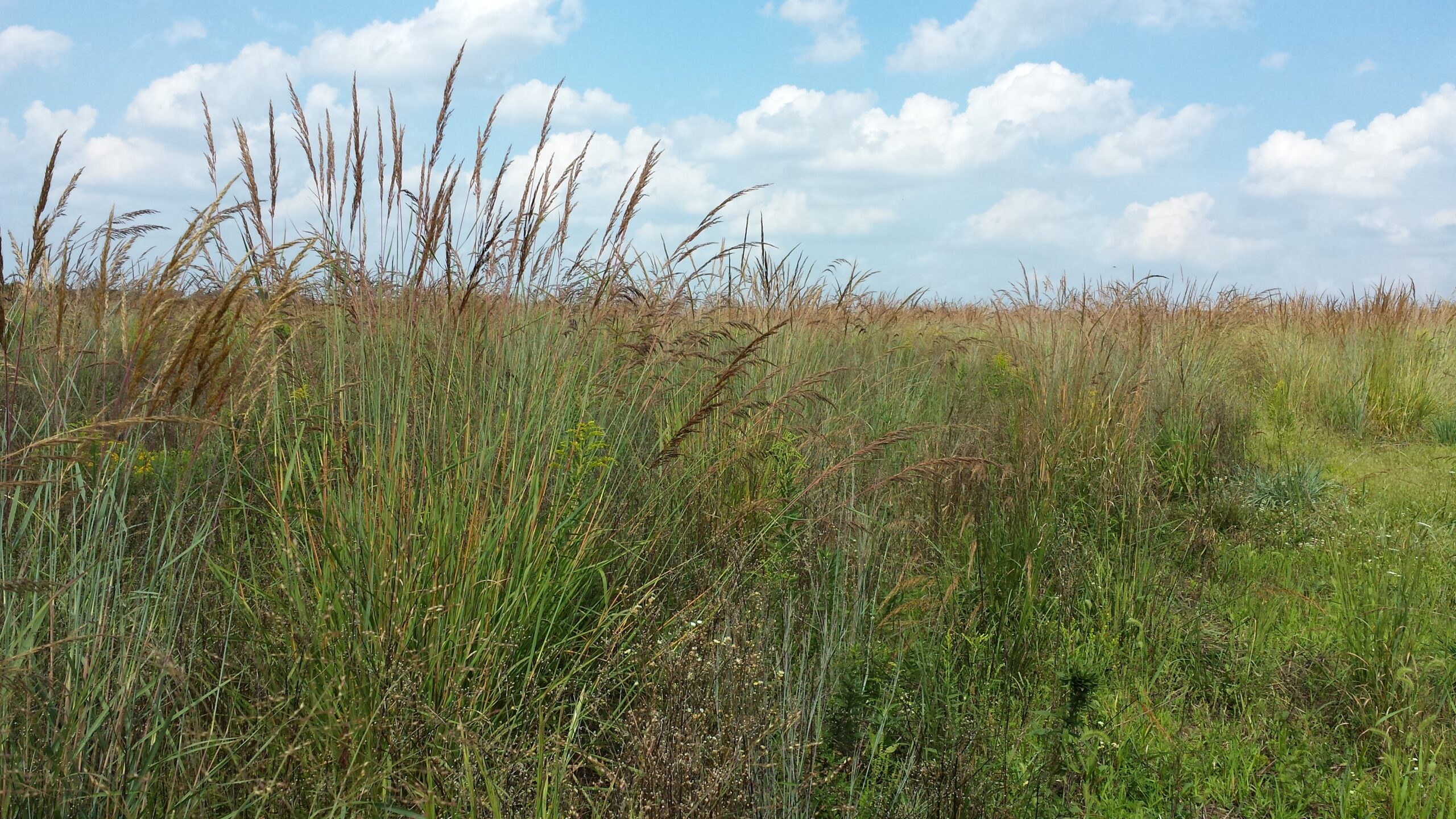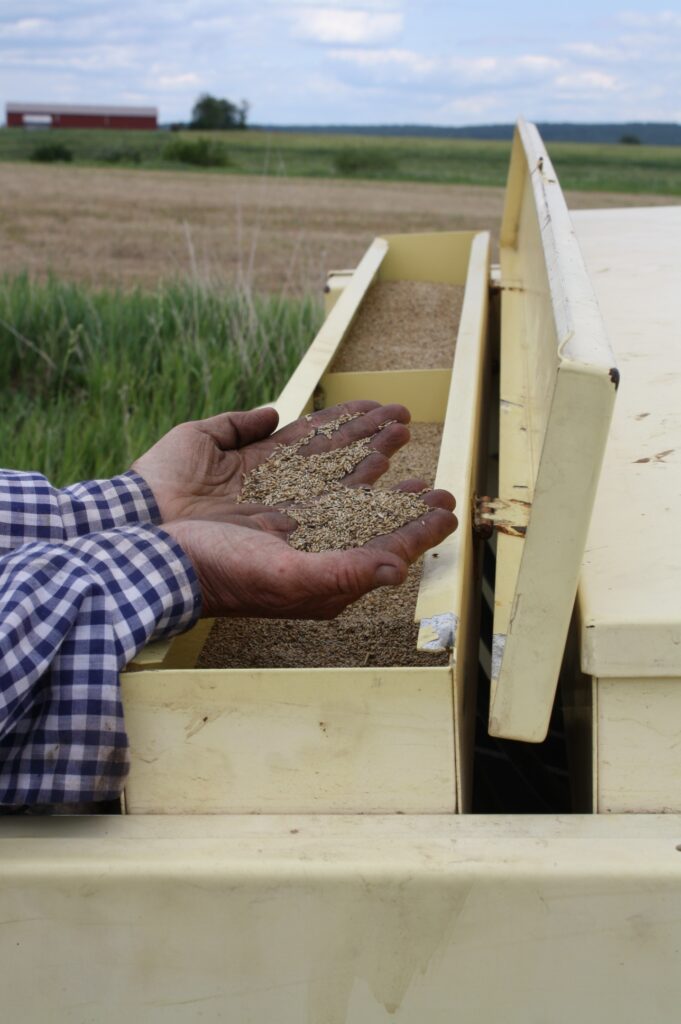Habitats change over time and are in constant flux. Some of these changes are natural while some are directly linked to human involvement. Since the last ice age (about 12,000 years ago), human activity has been a major factor in how habitat is shaped around the globe, including here in the Northeast. Native Americans were the first to create and maintain habitat to suit their needs. They burned large areas in the forest for travel and hunting purposes. These burned areas became important habitat patches for many early successional species such as deer, fox, rabbits, quail and other grassland nesting birds.
Beginning in the 1600s and through most of the 1800s, more and more people colonized the Northeast. With this came an intense increase in agriculture. The forests were cleared to make room for fields to grow crops. This also had a positive impact on these early successional grassland species and their populations increased with the increase in agricultural lands.



But then something happened. Colonization continued westward. The land to the west was more fertile and easier to farm than the less fertile, rock filled soils of the Northeast. Farms were abandoned, fields lay fallow and slowly reverted back into forests. Early successional species and grassland related wildlife declined.
In addition to the decrease in farms and early successional grassland habitat, the remaining farms also were changing. Better farming equipment made for more efficient farmers. Farmers began haying fields two or three times per season, more and more pesticides were used and fields were expanded using all of the possible space for farming rather than leaving small natural areas that wildlife used and needed.
All of these factors brought us to where we are today. Grassland species are in severe decline. Upland sandpipers, vesper sparrows, grasshopper sparrows, bobolink, and others are now listed on the NJ Endangered and Threatened Species list, while other species such as bobwhite quail and American woodcock have populations that are severely on the decline. Steps need to be taken today to keep early successional grassland habitat, and the species associated with it, part of the NJ landscape.
Cool-Season vs. Warm-Season Grasslands
Grasses can be generally categorized into two groups: cool-season grasses (grasses with growth rates that peak in the spring and fall when soil and air temperatures are cooler) and warm-season grasses (grasses with growth rates that peak during the warm summer months of June through September).
Cool-season grasses were introduced to the northeast region primarily as an agricultural product because they are easily established, green up earlier in the year allowing for excellent early season forage, can be closely grazed, and can be easily maintained as a monoculture.

Examples of cool-season grasses include timothy, Kentucky bluegrass, tall fescue, and orchard grass. Cool season grasses have several disadvantages leading to high costs to the farmer and low productivity for wildlife. Some of the costs include large amounts of fertilizer, lime, herbicides and seed for replanting. These steps are all needed to maintain a healthy stand of cool season grass.
Some cool-season grasses also produce a toxin that inhibits other native plant species from colonizing an area. This loss of plant diversity has a direct negative impact on butterflies, moths, bees, small mammals and birds. Cool-season grasses also offer little to no cover for wildlife during the winter months as they easily fall over and mat down from winter storms. This matting down also negatively affects the following spring’s nesting season making it more difficult for many species to successfully raise their offspring.
On the other hand, native warm-season grasses, or bunch grasses as they are commonly called, have many positive attributes beneficial to both farmers and wildlife. Maintenance costs are low once stands are established as they typically do not need pesticides, herbicides or fertilizers.

Warm-season grasses are also very dependable for forage production. They are less influenced by severe weather fluctuations, such as drought, due to their extensive and deep root systems, they are more disease and insect resistant, they provide summer forage when cool season grasses have slowed their growth, and they are long lasting so they don’t need to be replanted as often as cool season grasses.
The bunchy structure of warm season grasses also allows for forbs, legumes and wildflowers to colonize the area, attracting many beneficial insects and increasing the foraging conditions. Warm season grasses also provide excellent winter cover as they do not mat down easily under the stress from winter storms. This leads to lesser winter mortality and an increase in spring nesting success.
Examples of native warm-season grasses include: switchgrass, big bluestem, little bluestem, Indian grass and broomsedge.
Native warm-season grasses provide habitat for many early successional wildlife species. Many of the species that need and use warm season grass fields, such as the vesper sparrow, savannah sparrow, grasshopper sparrow, Henslow’s sparrow and bobolink, can be found on the NJ Endangered and Threatened Species list. Restoration and maintenance of warm-season grass fields are crucial for these species survival.
Quail spend most of their time on the ground. They need to be able to run along the ground while remaining under cover. They also depend on the seeds of herbaceous annuals for their major food source. Warm season grasses provide this structure and forage. These grasses grow in clumps allowing room in-between for quail to maneuver, and they produce massive quantities of seed in the fall. Because of their growing pattern, these grasses provide thick overhead cover that affords protection from both predators and the elements.
Other species that benefit from the establishment of warm season grasses include several species of Lepidoptera (butterflies and moths). The Edward’s hairstreak, frosted elfin butterfly, northern cloudy-wing, and the swarthy skipper are grassland-associated species whose larvae feed on grasses and legumes. Look for eastern cottontails to benefit from this restoration as well.

Funding Opportunities
The whole process of creating early successional grassland habitat to benefit both landowners and wildlife can be costly and overwhelming if attempted alone. The good news is, the public can find technical and financial assistance and incentives for creating beneficial wildlife habitat from agencies like USDA’s Natural Resources Conservation Service (NRCS).
Success Stories
Many New Jersey landowners have participated and have been very successful in creating beneficial wildlife habitat on their properties. Thousands of acres of non-productive farm fields have been converted to early successional warm season grass fields and the surrounding wildlife is responding. Breeding bird surveys and annual counts have shown a positive impact on grassland nesting bird populations in and near many of these newly converted grasslands. Farmers have reported high hay yields during the difficult summer haying months and the hay has been fed to horses, ponies, and cattle with no preference towards the traditional hay crop or the new warm-season grass bales.
Grassland restoration efforts on the South Branch WMA (Merck) tract have bobolinks, grasshopper sparrows, and eastern meadowlarks breeding in the restored areas.



 Official Site of The State of New Jersey
Official Site of The State of New Jersey
